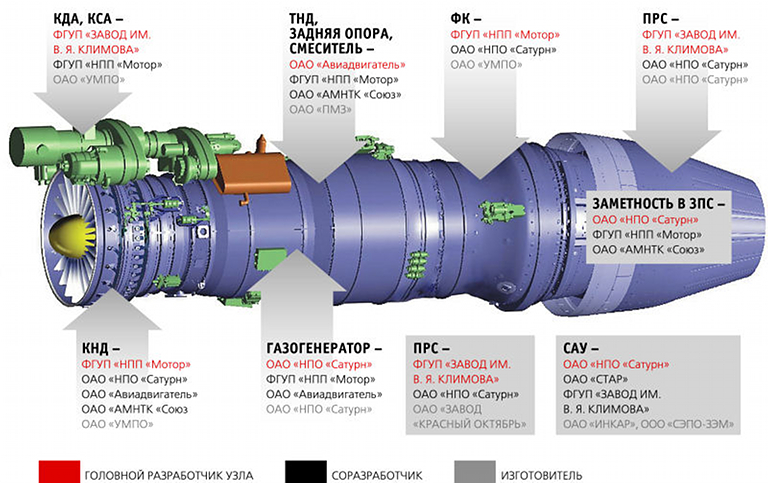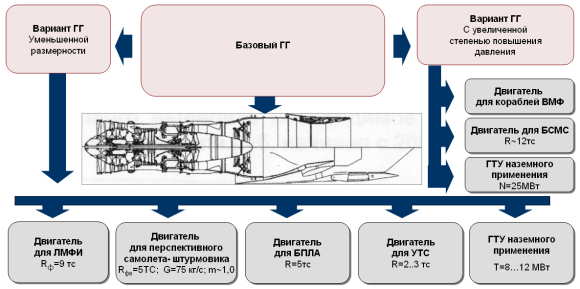هناك عدة عوامل تؤثر في قدرة المقاتلة على المناورة كقدرة الدفع للمحرك Thrust وايرودينامكية جسم المقاتلة وقدرة تحمله وتوجيه الدفع TVC او thrust vector control الذي يدور حوله موضوعنا الحالي:
تعريفه:
Thrust vectoring, also thrust vector control or TVC, is the ability of an aircraft, rocket, or other vehicle to manipulate the direction of the thrust from its engine(s) or motor in order to control the attitude or angular velocity of the vehicle
وله دور مهم في زيادة قدرة المقاتلة على المناورة بشكل متسق مع تصميم جسم الطائرة الايرودينامكي واجنحتها ومقدار المرونة في تغير اتجاهها (لتعمل مع TVC للمحرك عمل الدفة في توجيه السفينة) مما يكسب المقاتلة قدرات كبيرة على المناورة ...

يمكننا مشاهدة الفارق في عملية توجيه الدفع بين الشبحيات الامريكية والمقاتلات الروسية (حيث نلاحظ انه في الامريكية 2D بينما في محرك السو-27 يكون 3D)
Thrust Vectoring Nozzles – to date the only full production Western air combat fighter with TVC capability is the F-22A, while the Russians have exported 2D TVC in the Su-30MKI, and offered 3D TVC for other types. Russian TVC is integrated with the flight controls, not unlike the F-22A arrangement
http://www.ausairpower.net/APA-2008-04.html
قدرات TVC لمحركات السو الروسية
The cited TVC capability of the 117S engine is ±15° in the vertical plane, and ±8° in the horizontal plane, with deflection angle rates of now up to 60 °/sec, putting them in the same onset rate category as fighter-type aerodynamic flight control surfaces. The engine employs a larger diameter fan, at 932 mm vs. the 905 mm fan in the earlier Al-31FP TVC engine. Key hot end components in the core were redesigned to employ the cooling system technology developed in the 1990s Al-41F, permitting much higher TIT ratings and a commensurately reduced thrust lapse rate with altitude, in turn permitting supercruise operation.
Harmonisation of the digital flight control laws with the precision 3D TVC nozzle system requires a robust and reliable 3D TVC nozzle equipped powerplant.
Uncertainties remain in terms of the capabilities and design of the intended powerplant for Full Rate Production aircraft. Saturn have been developing a new engine for the PAK-FA since 2006, labelled as the “Fifth Generation Fighter Engine”. Clearly this will employ technology from the existing 39,600 lbf class Al-41F, developed initially for the MFI
:For higher maneuverability
:Vectoring in two dimensions
McDonnell Douglas F-15 STOL/MTD
Lockheed Martin F-22 Raptor (pitch and roll only)
McDonnell Douglas X-36 (yaw only)[14]
Me 163 B experimentally used a rocket steering paddle for the yaw axis
Sukhoi Su-30MKI
:Vectoring in three dimensions
Sukhoi Su-35
Sukhoi Su-37
Sukhoi PAK FA
Sukhoi/HAL FGFA
Mikoyan MiG-35 (MiG-29OVT)
McDonnell Douglas F-15 ACTIVE
General Dynamics F-16 VISTA
Rockwell-MBB X-31
McDonnell Douglas F-18 HARV
Mitsubishi ATD-X
تعريفه:
Thrust vectoring, also thrust vector control or TVC, is the ability of an aircraft, rocket, or other vehicle to manipulate the direction of the thrust from its engine(s) or motor in order to control the attitude or angular velocity of the vehicle
وله دور مهم في زيادة قدرة المقاتلة على المناورة بشكل متسق مع تصميم جسم الطائرة الايرودينامكي واجنحتها ومقدار المرونة في تغير اتجاهها (لتعمل مع TVC للمحرك عمل الدفة في توجيه السفينة) مما يكسب المقاتلة قدرات كبيرة على المناورة ...

يمكننا مشاهدة الفارق في عملية توجيه الدفع بين الشبحيات الامريكية والمقاتلات الروسية (حيث نلاحظ انه في الامريكية 2D بينما في محرك السو-27 يكون 3D)
Thrust Vectoring Nozzles – to date the only full production Western air combat fighter with TVC capability is the F-22A, while the Russians have exported 2D TVC in the Su-30MKI, and offered 3D TVC for other types. Russian TVC is integrated with the flight controls, not unlike the F-22A arrangement
http://www.ausairpower.net/APA-2008-04.html
قدرات TVC لمحركات السو الروسية
The cited TVC capability of the 117S engine is ±15° in the vertical plane, and ±8° in the horizontal plane, with deflection angle rates of now up to 60 °/sec, putting them in the same onset rate category as fighter-type aerodynamic flight control surfaces. The engine employs a larger diameter fan, at 932 mm vs. the 905 mm fan in the earlier Al-31FP TVC engine. Key hot end components in the core were redesigned to employ the cooling system technology developed in the 1990s Al-41F, permitting much higher TIT ratings and a commensurately reduced thrust lapse rate with altitude, in turn permitting supercruise operation.
Harmonisation of the digital flight control laws with the precision 3D TVC nozzle system requires a robust and reliable 3D TVC nozzle equipped powerplant.
Uncertainties remain in terms of the capabilities and design of the intended powerplant for Full Rate Production aircraft. Saturn have been developing a new engine for the PAK-FA since 2006, labelled as the “Fifth Generation Fighter Engine”. Clearly this will employ technology from the existing 39,600 lbf class Al-41F, developed initially for the MFI
:For higher maneuverability
:Vectoring in two dimensions
McDonnell Douglas F-15 STOL/MTD
Lockheed Martin F-22 Raptor (pitch and roll only)
McDonnell Douglas X-36 (yaw only)[14]
Me 163 B experimentally used a rocket steering paddle for the yaw axis
Sukhoi Su-30MKI
:Vectoring in three dimensions
Sukhoi Su-35
Sukhoi Su-37
Sukhoi PAK FA
Sukhoi/HAL FGFA
Mikoyan MiG-35 (MiG-29OVT)
McDonnell Douglas F-15 ACTIVE
General Dynamics F-16 VISTA
Rockwell-MBB X-31
McDonnell Douglas F-18 HARV
Mitsubishi ATD-X
التعديل الأخير:




